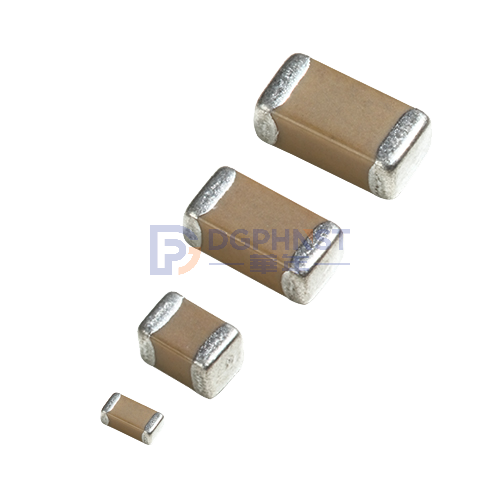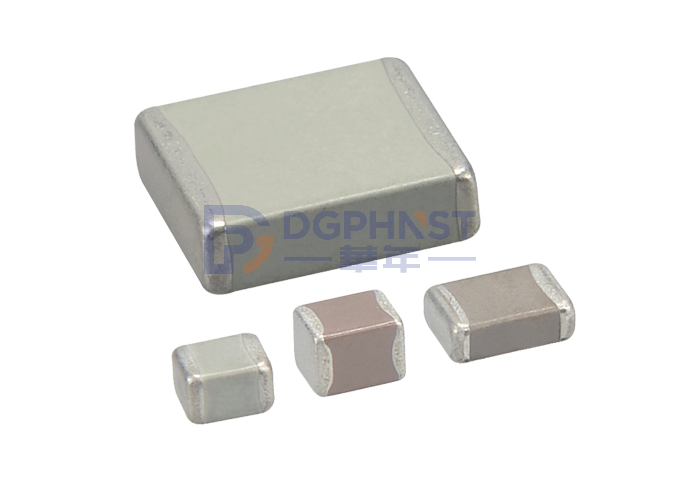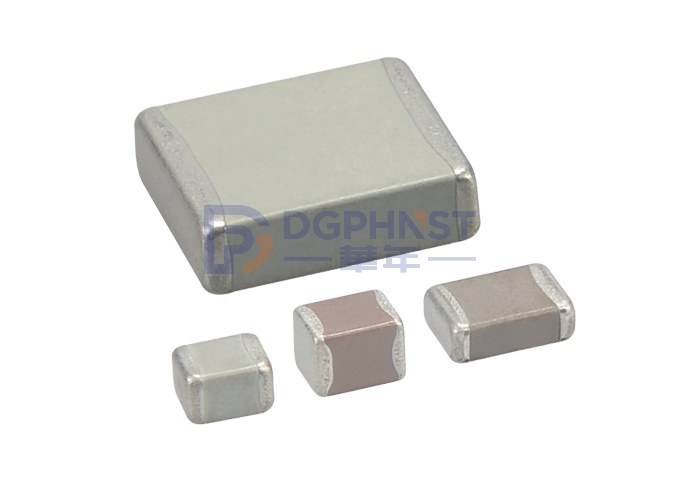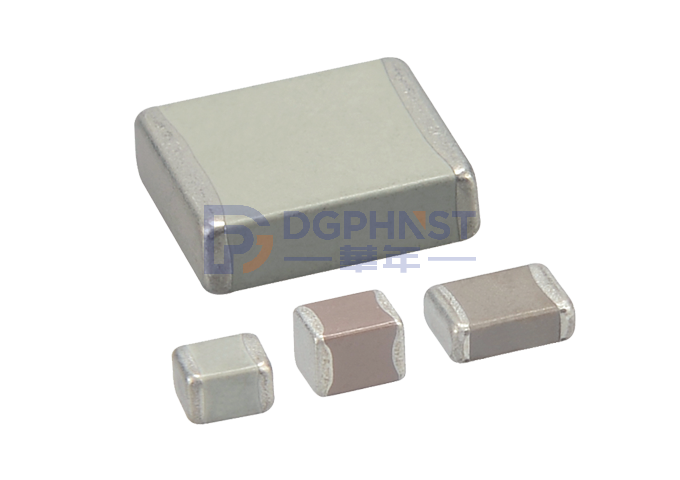Chip capacitors are a common passive component used to store and release charges in circuits. Its structure and working principle are as follows:
**Construction: The structure of the patch hnstshop.com/product-list/C01-p1-l10.html" target="_blank" rel="noopener">smd capacitor is relatively simple. It usually consists of a layer of insulating material (also known as a dielectric) sandwiched between two layers of metal electrodes. These three layers are respectively referred to as the electrode plates of capacitors. Dielectric can be various materials, such as ceramics, plastics, or polymers. Two metal electrodes are located on both sides of the capacitor, separated by a distance from the dielectric. The area, distance, and material type of electrodes and dielectrics will affect the capacitance value of capacitors.
**Working principle: The working principle of patch capacitors is based on the storage and release of electric fields. When voltage is applied between the two electrodes of the patch capacitor, an electric field is formed in the dielectric. This leads to the distribution of positive and negative charges in the dielectric, thereby storing charges. The size of the capacitance (in Faradas) depends on the distance between the electrodes and the dielectric constant of the dielectric, which determines the ability of the electric field to store charges.
In circuits, chip capacitors can be used for various applications:
1. * * Energy storage and release: * * When the capacitor is charged, the charge is stored in the dielectric. When energy needs to be released, charges flow out of the capacitor, providing instantaneous current.
2. * * Filtering and denoising: * * Chip capacitors can be used as components of filters to guide high-frequency noise to the ground, thereby smoothing the signal and reducing noise.
3. * * Coupling and Decoupling: * * Capacitors can be used to couple signals from one circuit to another, while isolating DC components to prevent interference.
4. * * Timing and Delay: * * By controlling the time constant of capacitor charging and discharging, the timing control and delay of the circuit can be achieved.
5. * * Voltage stability: * * In the case of unstable power supply, capacitors can balance voltage fluctuations and maintain the stable operation of the circuit.
It should be noted that patch capacitors also have their limitations, such as being affected by temperature changes and may produce unsatisfactory results in high-frequency applications. Therefore, in circuit design, it is crucial to choose the appropriate type and parameters of chip capacitors to ensure their normal operation in specific applications.





